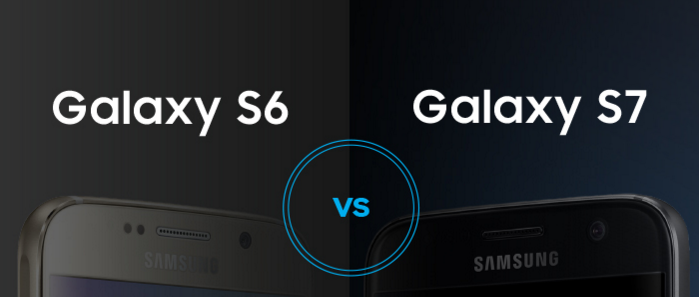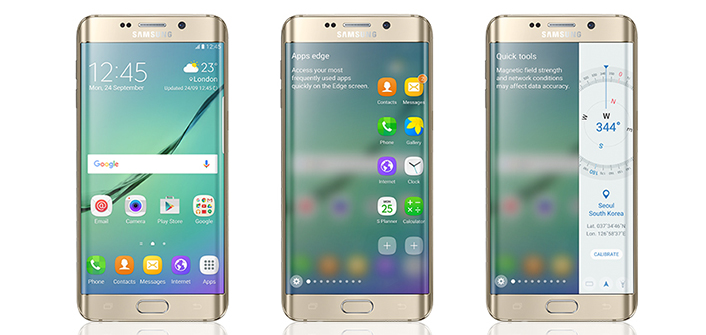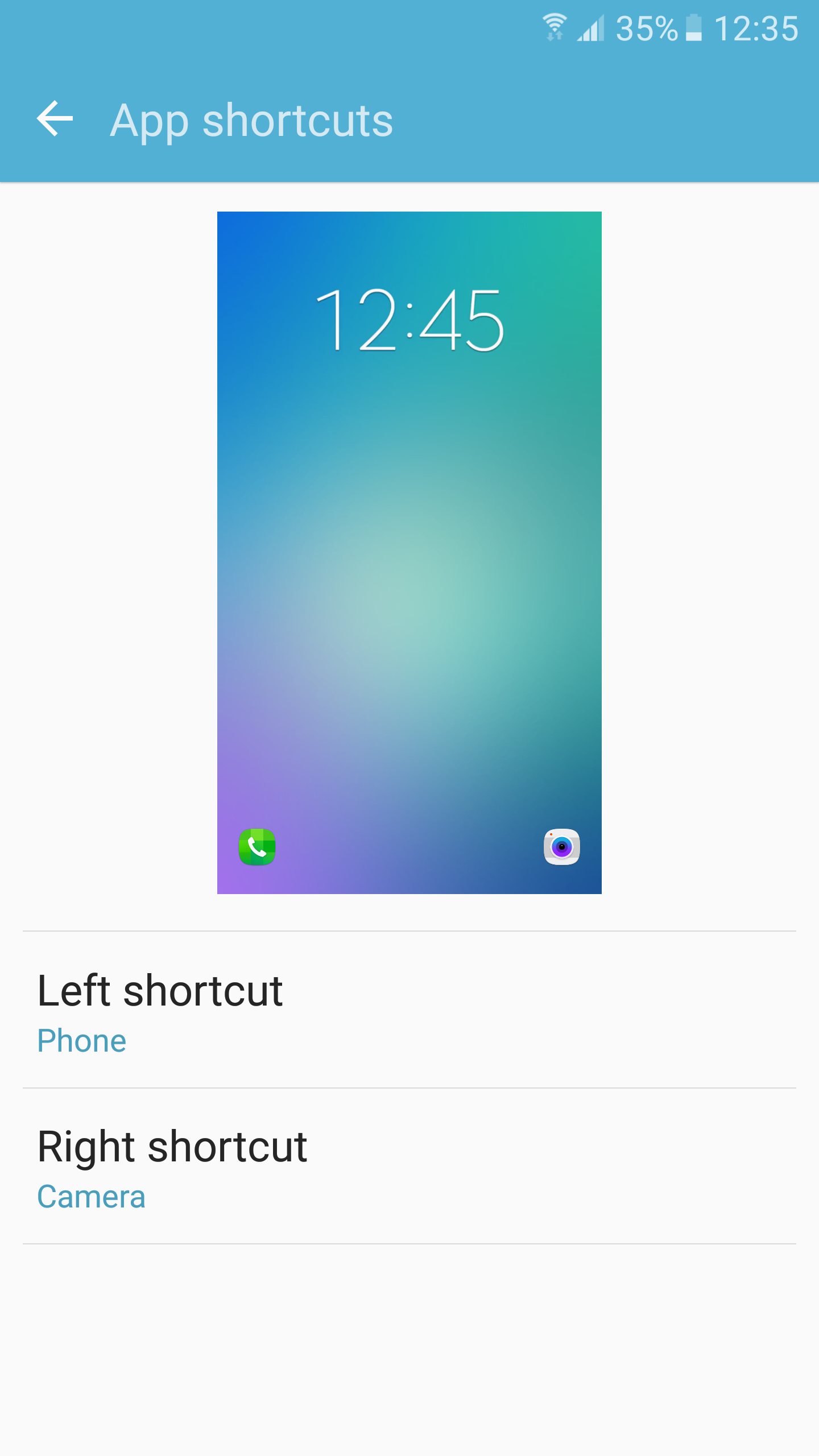
Earlier this month, Xposed framework — one of the best mods to be available for Android from the third party development community — was made available for Samsung devices running Lollipop. Due to the extensive changes that Samsung makes to Android in its devices, it took developers a significant amount of work and time to get the framework to play well with some of the latest devices from the Korean company.
Unlike other Android devices though, installing Xposed framework on the Galaxy S6 and S6 edge still requires a lot of pre-tinkering, which require significant amount of time and effort from your end. If that is not an issue for you, follow the steps below to know how to install Xposed framework on your Galaxy S6 or Galaxy S6 edge.

Pre-requisites
- This goes without saying, but your Galaxy S6 or S6 edge must be rooted with a custom recovery like TWRP or CWM installed so that you can install Xposed framework on it. There is also a method to install the framework on the device that don’t have a custom recovery installed, but that is slightly more riskier.
- Backup all your data. While installing Xposed framework will not touch your personal data in anyway, it is still recommended to create a backup just in case things go wrong.
- Your Galaxy S6 (or S6 edge) should be running a deodexed Android 5.1.1 ROM. This means that the stock ROM of the handset will not work.
The framework will also work on the Galaxy Note 5 and the Galaxy S6 edge+, but they must also meet the above requisites.
How-to install
Step 1: Download Xposed framework for 64-bit Samsung devices made by Wanam and the Xposed framework app APK from here. Transfer both files to the internal storage of your device.
Step 2: Switch off your Galaxy S6, S6 edge, Note 5 or the S6 edge+ and boot it into recovery. This can be done by pressing and holding the Volume Up + Home + Power button simultaneously for a few seconds.
Step 3: Irresspective of which recovery you use, you will find a ‘Install’ button right on the main screen. Tap on it then select the Xposed ZIP file that you had transferred to your device in Step 1. Once the ZIP file has been installed, reboot your device back into Android.
The first boot after installing Xposed framework will take a significantly long amount of time (up to 10 mins easily), so be patient and don’t think that your handset has entered into a bootloop.
Step 4: You will now have to install the accompanying Xposed framework APK on your Android device. Using a file manager like Solid File Explorer, navigate to the location where you had saved the APK and tap on it. If you get a prompt saying you don’t have installation from unauthorised sources enabled, tap the ‘Settings’ button and then toggle the ‘Unknown Sources’ switch to on from the Security menu.
Then, once again tap the APK to start the installation. If you get any prompt while installing the APK, click on ‘Accept.’
Step 5: You can confirm that Xposed framework on your Samsung handset by going to the ‘Framework’ section of the app and check out the version installed. To install new modules, head over to the ‘Download’ section of the app.
Keep in mind that since only a limited set of modules currently work with the Galaxy S6, S6 edge, Note 5, and S6 edge+. Any module that makes changes to the System UI like GravityBox will not work on these handsets. Installing any such module can lead your Galaxy device to enter into a bootloop so make sure to double check before you installing a module. You can find a public list of all the modules that are compatible with Samsung devices here.
If you ever receive any OTA updates on your Galaxy device in the future, make sure not to accept it, as installing the update will likely put your phone into a bootloop. And, in case you want to get rid of Xposed framework down the line, grab the Xposed framework uninstaller ZIP file from here and flash it through recovery. Make sure to uninstall all your activated Xposed modules before though.



















